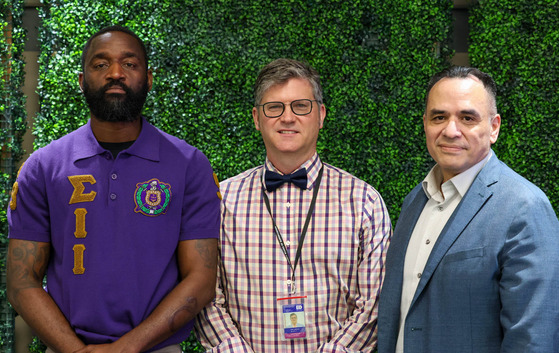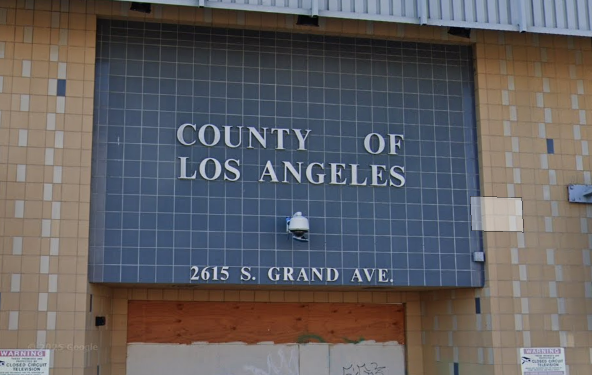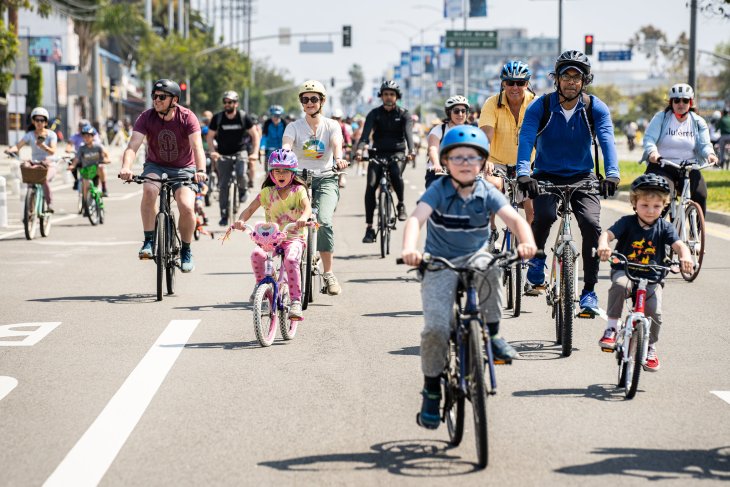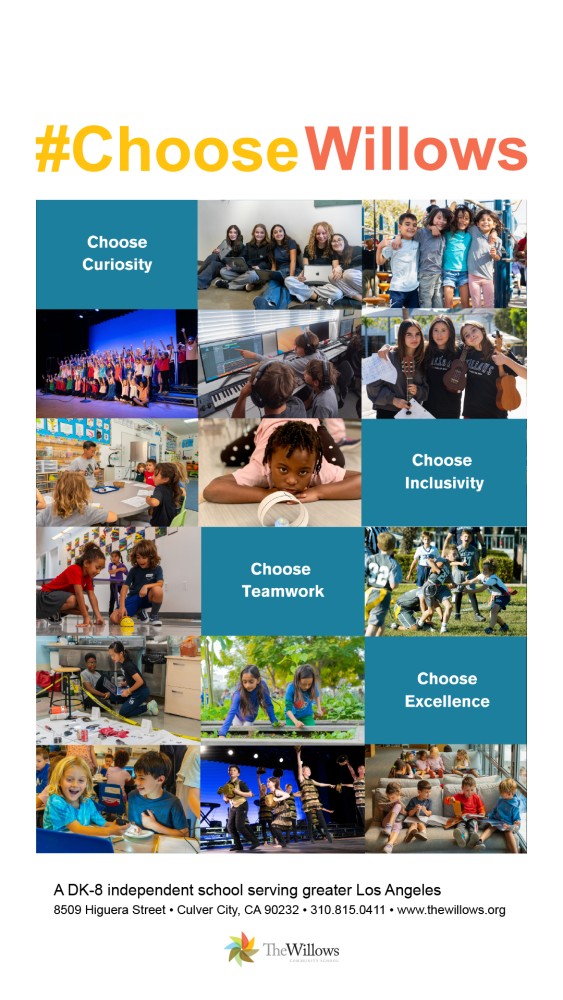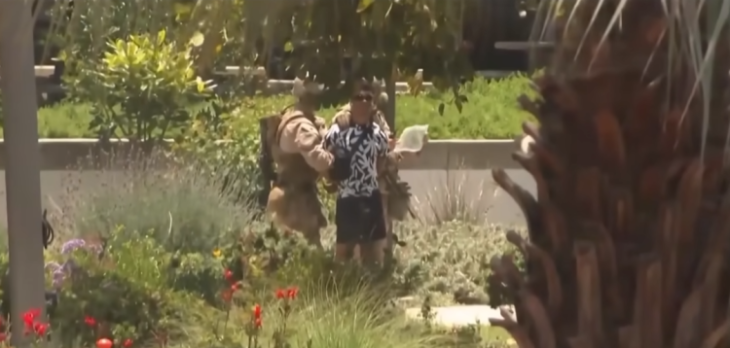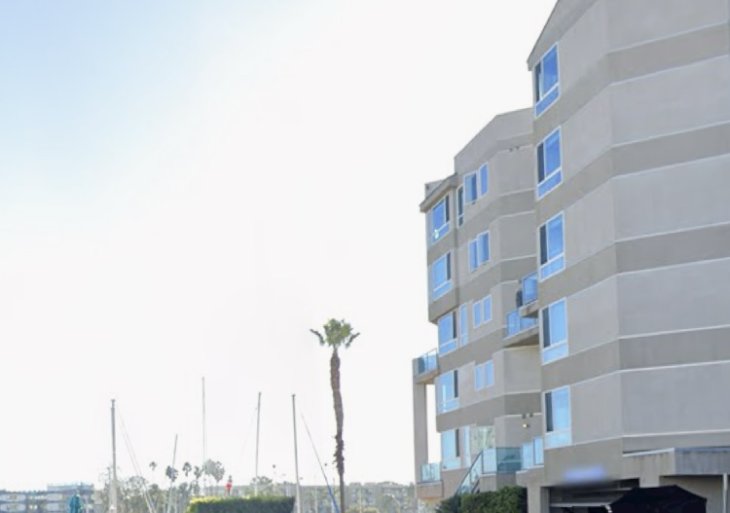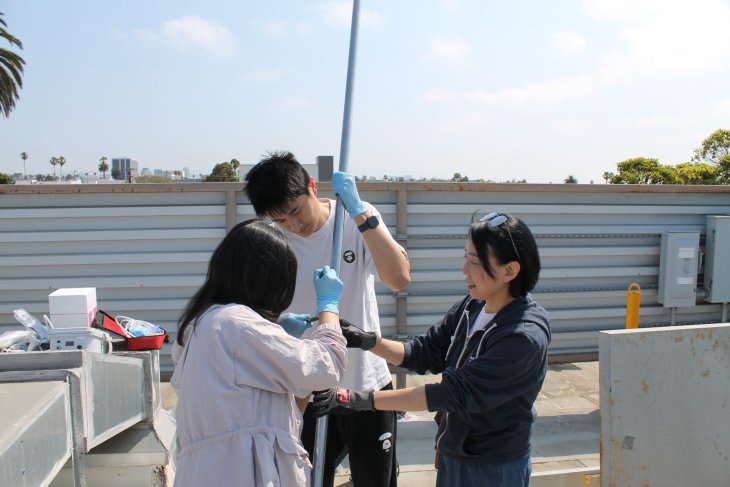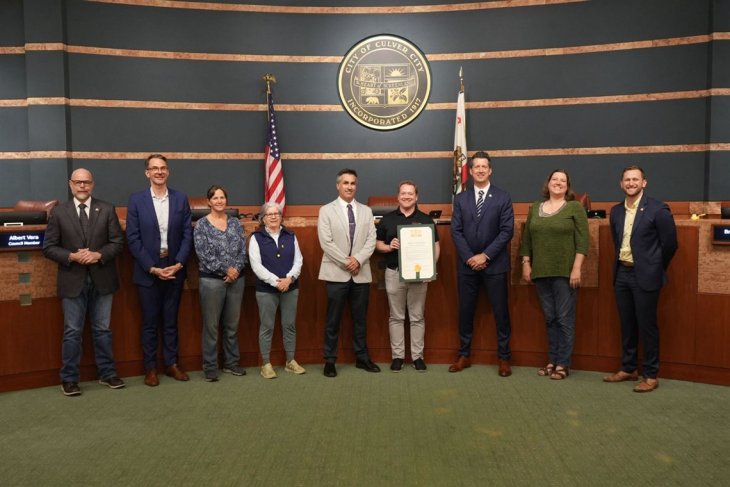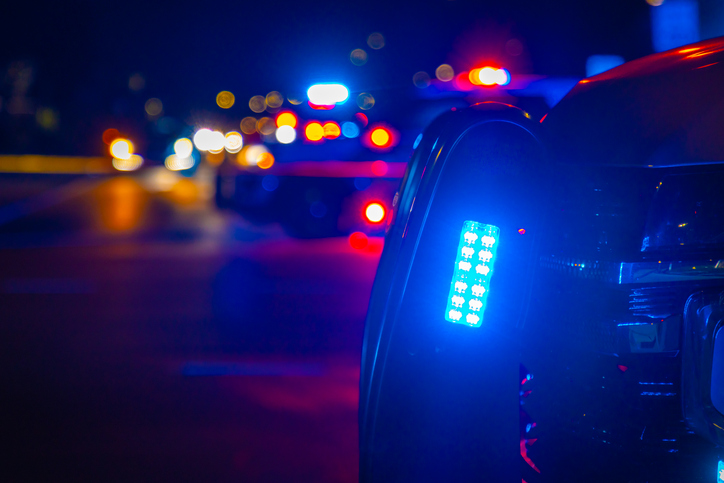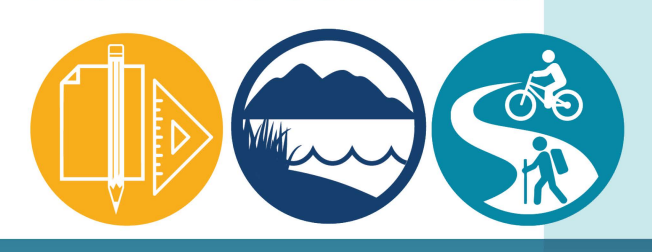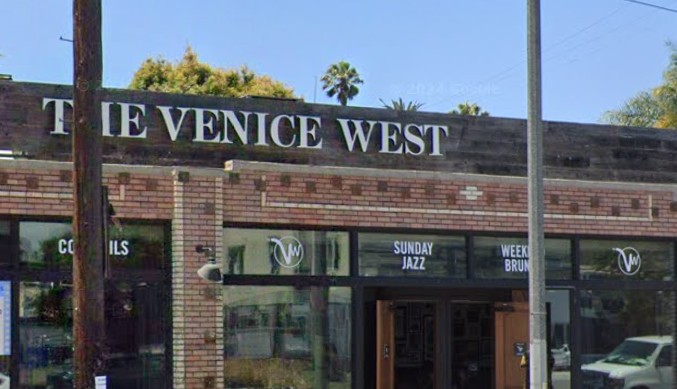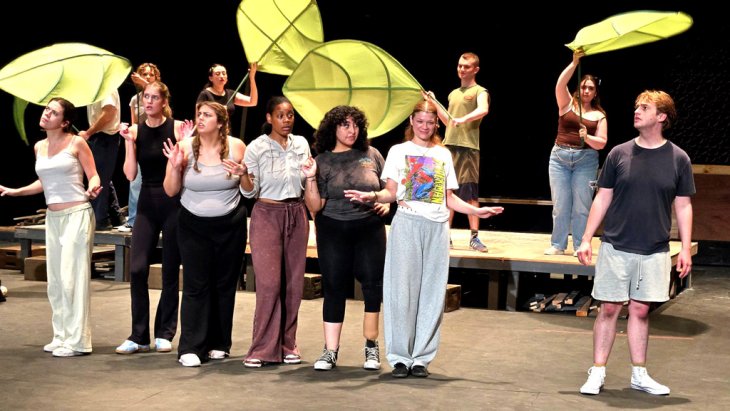
Los Angeles County has 21 confirmed cases of measles, 17 of which are linked to the outbreak triggered at Disneyland, a top county health official reported today.
Interim Health Officer Dr. Jeffrey Gunzenhauser told the Board of Supervisors there is “some hope that we will get ahead of the outbreak in the near future,” citing a smaller number of cases in what he called the second and third wave of the outbreak.
But he cautioned that there was “still work to be done” and said it could take weeks or months to be certain that the outbreak was in retreat.
Gunzenhauser said California has confirmed 93 total cases in the outbreak, the largest in 15 years.
The key to slowing the spread of infection is to shorten the time between when a patient gets a rash and when health officials are notified and can react to impose quarantines and offer immunizations, Gunzenhauser told the board.
It has taken six days on average for the county to be notified, though the most recent cases have been called in more quickly, he said.
Educating the public is one strategy to combat that time lag, and the county has been reaching out to the media, the healthcare community and local schools to get the message out.
About 800 people have been identified as having been exposed to the infection in this latest outbreak and 67 of those were not immune, Gunzenhauser told the board. A “smaller group” of those 67 were asked to self-quarantine and all have done so voluntarily, he said.
At highest risk are:
— infants, who cannot be vaccinated until the age of 12 months;
— pregnant women, who cannot be immunized with the live virus vaccine while pregnant; and
— individuals whose immune system is compromised.
On Monday, more than a dozen infants at a daycare center at Santa Monica High School were quarantined after one infant was confirmed to have measles.
County healthcare workers are focused on school districts with low vaccination rates. About 98 percent of kindergarteners countywide are vaccinated. However, some parents have chosen not to vaccinate based on fears — that Gunzenhauser said were unfounded — about the vaccine. In some school districts, more than 10 percent of students remain unvaccinated.
“We have some concerns about the Westside,” Gunzenhauser told the board. He did not cite specific school districts, but said he would provide a geographical breakdown of all confirmed cases for the board.
“I think it’s my district that probably has the highest rate of unvaccinated children in school,” Supervisor Sheila Kuehl said.
Kuehl, who represents the Third District, which covers the Westside out to Malibu and parts of the San Fernando Valley, asked the Department of Public Health to help distribute research debunking the notion that vaccines are linked to autism.
Parents from low-income communities have difficulty completing the full schedule of vaccines required for their children, given issues of access, Supervisor Hilda Solis said.
Gunzenhauser urged all residents born in 1957 or later who have not been vaccinated to do so as soon as possible. Those aged 58 and over are presumed to have had the measles in childhood, which gives them lifetime immunity.
Measles is a highly contagious disease with symptoms including a fever, runny nose and severe rash. Those with the infection can spread it from four days before the rash appears and four days after.
Measles is spread through a cough or sneeze and can still infect others two hours after the infected patient has left a room, according to the Department of Public Health.


